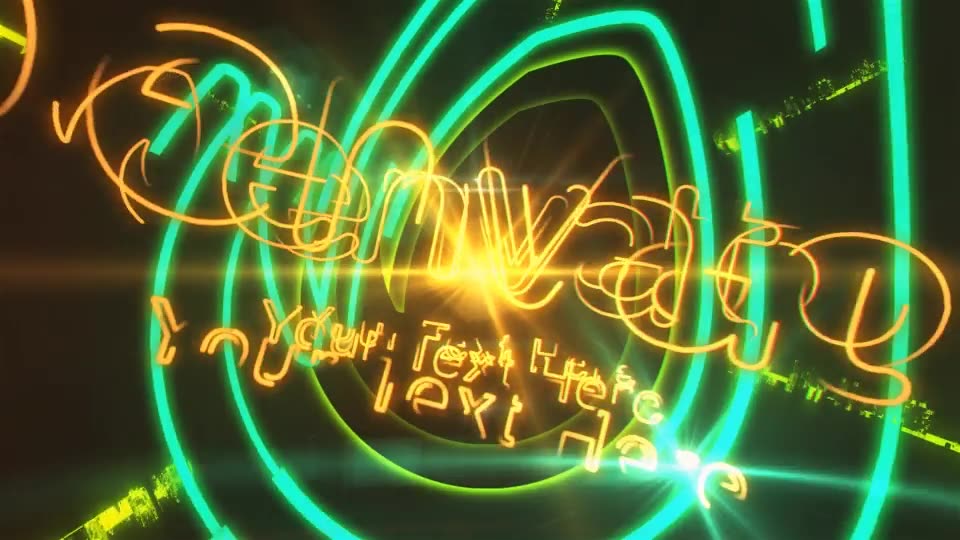

It grew from a few hundred users to over 20,000 by the end of 2006. In 2005, Dubstep Forum started as an online space for fans of the genre to share opinions and favorite tracks. South London may have been the epicenter of dubstep, but anyone in the world could follow along online.

If DAWs were the tinder, though, the internet was the match. The latter development meant that anyone who could get their hands on the software could try making a tune-gone were the days of needing thousands of dollars’ worth of equipment to DJ. That’s partially because dubstep came of age alongside the internet and some of the first easily accessible digital audio workstations (DAWs), Reason and Fruity Loops. There’s a lot more history we could delve into-you can’t fully dissect dubstep’s beginnings without also touching on its parent genre, drum & bass, and the dub music that was coming out of Jamaica’s innovative soundsystem parties-but that’s a lesson for upperclassmen, and we’re at dubstep 101.Ĭompared to the 10-year rise of D&B, dubstep grew up fast. That’s the kind of moody, minimalist dubstep that started it all. They get stuck in it-stuck in that moment before the drop, with the snare hitting every half beat and the sub-bass-induced pulsations making it hard for you to see. This is 140 BPM but it feels like 70, and for those that love it, it’s glue.

That sub-bass takes you to another level when you hear it, the vibrations shaking the building and making your face melt, your dancing a combination of jerking motions and slow sways. You know that bass that you don’t hear as much as feel? That’s sub-bass, and dubstep’s all about it. Meanwhile, 2-step and garage, the genres born out of D&B, were too much of a scene, with the clientele mostly consisting of tracksuit-clad gangsters arriving in limos and ordering bottle service.ĭubstep was a departure from its predecessors because it wasn’t afraid of having bass be extra dark and loud, but also because the space between beats was just as important as the beats themselves.

By the early 2000s, drum & bass was all starting to sound the same. Like any great underground movement, what dubstep was really born out of was boredom. He also played the infant genre on his own show on Rinse FM, which grew to be the UK’s biggest pirate radio station (and one of the biggest purveyors of the dubstep sound) between 20. Hatcha started playing dubstep there regularly, dropping tracks by the Big Apple kids. It wasn’t until 2003 that fed-up garage fans looking for a new sound and a less pretentious scene found what they craved at FWD> parties. By that time, Hatcha was playing dark grime and proto-dubstep sets at FWD>, the South London party created by Tempa Recordings label cofounder Sarah Lockhart.


 0 kommentar(er)
0 kommentar(er)
